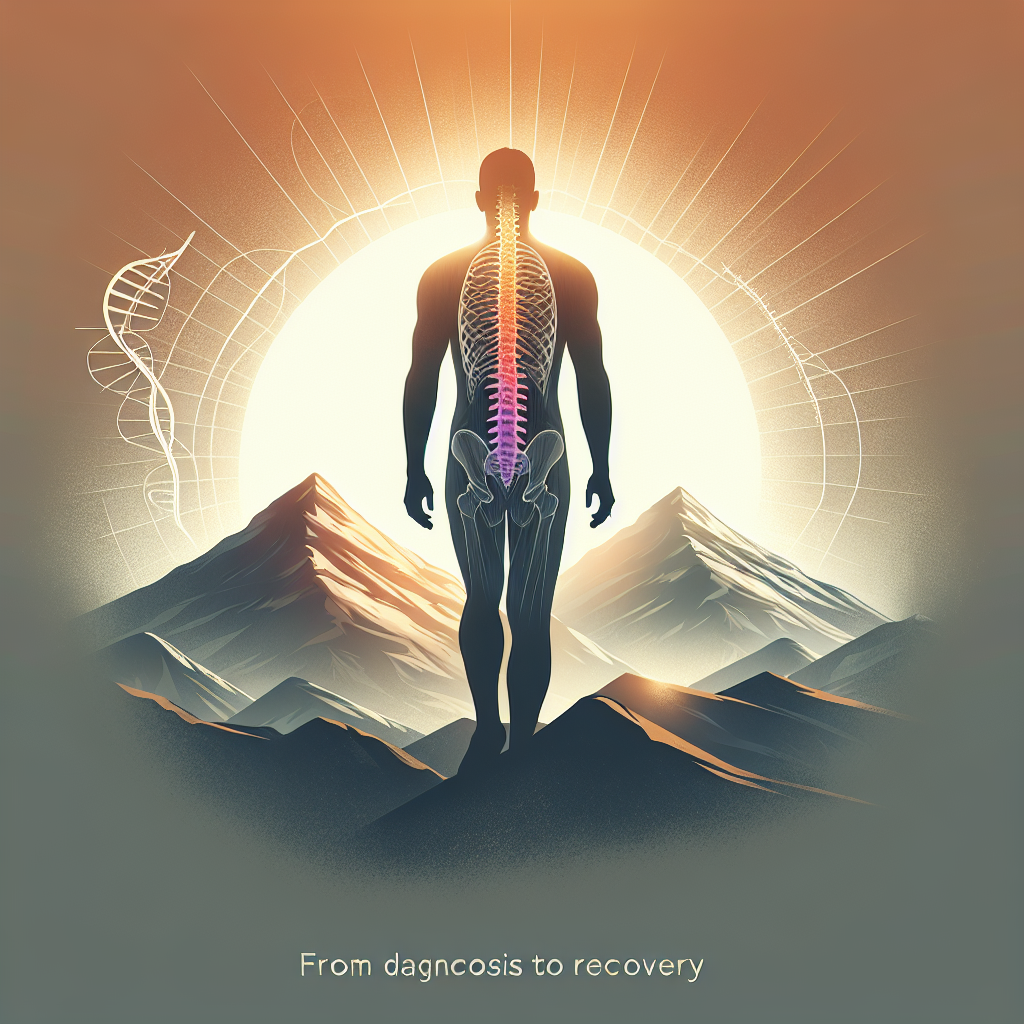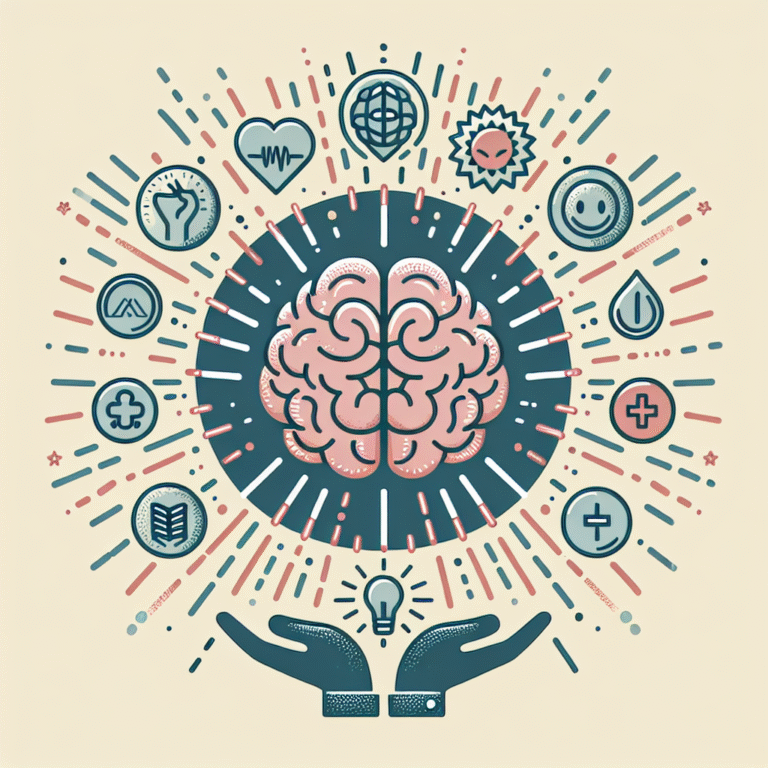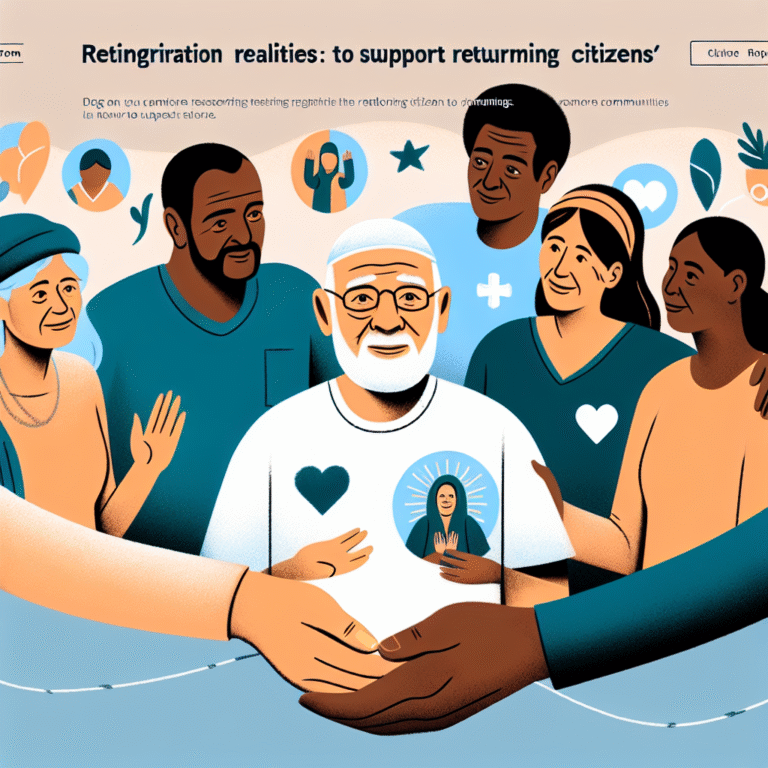
Introduction
Imagine waking up one day to find that your body is no longer responding as it once did. For many, this is the reality following a spinal cord injury (SCI). The journey from diagnosis to recovery can be bewildering and daunting, but with the right knowledge and support, individuals can reclaim their lives and redefine their futures. This guide provides a comprehensive overview of spinal cord injuries, covering everything from diagnosis to recovery. By exploring real-life experiences, expert insights, and actionable strategies, we aim to empower individuals on this challenging journey.
Understanding Spinal Cord Injury
What is a Spinal Cord Injury?
A spinal cord injury refers to any damage to the spinal cord that results in a loss of function, sensation, or mobility. Injuries can arise from various incidents, including car accidents, falls, sports injuries, or medical conditions.
Types of Spinal Cord Injuries
Spinal cord injuries are typically classified into two categories:
- Complete Injury: This type results in a total loss of function below the level of injury.
- Incomplete Injury: Some function remains below the injury level. These injuries can range from mild to severe.
Common Symptoms
The symptoms of spinal cord injuries can vary widely based on the nature and severity of the injury. Common symptoms include:
- Loss of sensation
- Weakness or paralysis
- Loss of bowel and bladder control
- Altered sexual function
From Diagnosis to Recovery: The Medical Journey
Step 1: Diagnosis
The journey often begins in the emergency room, where medical professionals conduct various tests.
| Diagnostic Tools | Purpose |
|---|---|
| X-rays | Identify fractures or misalignments. |
| CT Scans | Provide detailed images of the spine. |
| MRIs | Assess the extent of spinal cord damage. |
| Neurological Exams | Evaluate motor and sensory functions. |
Case Study: John’s Journey
Let’s consider the case of John, a 30-year-old athlete who sustained a spinal cord injury during a rugby match. After experiencing severe pain and loss of function, John was rushed to the ER. Through a combination of MRI and neurological exams, physicians diagnosed him with an incomplete spinal cord injury at the T12 vertebra.
Step 2: Immediate Treatment
Upon diagnosis, immediate treatment focuses on stabilizing the patient and preventing further damage. This may involve:
- Surgery to remove bone fragments, foreign objects, or herniated discs
- Medication to reduce inflammation and manage pain
- Electrical stimulation therapies to promote healing
Step 3: Rehabilitation Planning
After stabilization, a tailored rehabilitation plan is essential for recovery. This plan often includes:
- Physical therapy to improve strength and mobility
- Occupational therapy to facilitate daily living activities
- Counseling and support groups for mental and emotional well-being
Case Study: Maria’s Recovery
Maria, a 45-year-old office worker, underwent surgery and began her recovery with intensive rehabilitation. Her personalized therapy included hydrotherapy, wheelchair skills training, and progressive exercises. By actively participating in her care, Maria regained significant independence within six months.
Exploring Recovery Options
Physical Rehabilitation
Physical rehabilitation is a cornerstone for individuals recovering from SCI. It can significantly enhance mobility and quality of life. Techniques often involve:
- Strength training to rebuild muscle
- Stretching exercises to maintain flexibility
- Gait training for individuals looking to walk again
Psychological Support
The emotional toll of an SCI cannot be understated. Many individuals experience anxiety, depression, or PTSD following their injury. Therapy, support groups, and community outreach program can provide crucial emotional support and coping strategies.
Assistive Technologies
Assistive technologies play a pivotal role in recovery and day-to-day life. Innovations include:
- Exoskeletons for enhanced mobility
- Smart home technology for improved independence
- Modified vehicles for increased accessibility
Inspirational Case Studies
Case Study: Alex’s Innovations
Alex, a young entrepreneur, experienced a C4 spinal cord injury following a motorcycle accident. His recovery involved multiple innovations in assistive technology. He founded a tech startup focused on developing advanced mobility aids that empower other individuals with disabilities.
Analysis
Alex’s story highlights the power of resilience and innovation, showing how personal challenges can lead to societal advancements.
Case Study: Sarah’s Support Network
Sarah, a mother of two, faced a long road to recovery following her spinal injury from a car accident. Support from her family and local community services was crucial. With their assistance, she engaged in community support programs that not only aided her recovery but also allowed her to give back by mentoring others.
Analysis
Sarah’s case underscores the importance of community and support networks in the rehabilitation process.
Long-Term Prognosis and Lifestyle Adaptations
The long-term outcome for individuals with spinal cord injuries varies based on injury severity and rehabilitation efforts. While some regain significant function, others may face ongoing challenges.
Lifestyle Changes
Adapting to life after a spinal cord injury involves significant lifestyle changes. Key considerations include:
- Nutrition: Maintaining a healthy diet is vital to support recovery and general health.
- Exercise: Regular physical activity tailored to individual capabilities aids in physical and mental well-being.
- Community Resources: Engaging with local resources can provide access to support and additional therapy options.
Conclusion
The journey from diagnosis to recovery after a spinal cord injury can be challenging, yet filled with hope and possibilities. With a multi-faceted approach, including medical treatment, rehabilitation, and community support, individuals can reclaim their lives. The narratives and insights shared here remind us that every challenge carries the potential for growth—and with determination, recovery is possible.
Key Takeaway
Rediscovering life after a spinal cord injury is not merely about overcoming physical limitations; it’s about embracing new possibilities and redefining what it means to thrive.
FAQs
1. What is the most common cause of spinal cord injuries?
The leading causes of spinal cord injuries include car accidents, falls, sports injuries, and violence.
2. Can spinal cord injuries heal completely?
Some individuals recover significant function, but the extent of recovery varies greatly and depends on the type and severity of the injury.
3. What are the first signs of a spinal cord injury?
Initial signs can include numbness, tingling, loss of coordination, or paralysis in limbs.
4. How long does recovery take after a spinal cord injury?
Recovery timelines vary. Some individuals may see improvement over months, while others may take years to adjust.
5. Are there support groups for spinal cord injury survivors?
Yes, numerous support groups exist, both online and in-person, offering resources and community for individuals navigating life post-injury.
This article aspires to be your essential guide on the journey from diagnosis to recovery for spinal cord injuries. Each step in the process requires knowledge, patience, and a strong support network, reminding us that hope and recovery go hand in hand.


















